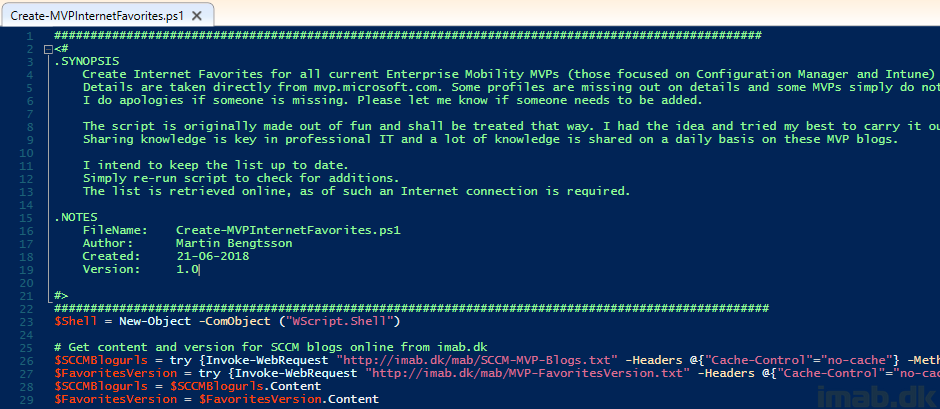Introduction
This was actually just some random idea I got out of the blue, but if you love learning and love staying current with Configuration Manager and Microsoft Intune, you probably want to follow some of these blogs. You might even have some of them bookmarked already.
This is also for the new and upcoming Configuration Manager / Intune admin. I know when I saw the product for the first time during the SCCM 2007 days, I had no clue where to look for knowledge and who to follow to stay current. This will be a good start. I have gathered all the current Enterprise Mobility MVPs in one place (those who focuses on SCCM / Intune and those who has a blog). They are not all in english though, but Google translate can be used as well.
Also, note that my list also includes a few MVPs who isn’t awarded in the Enterprise Mobility category, but indeed is worth following anyway. Currently the list counts 60 blogs. I intend to keep the list updated and might even expand on the possibilities a bit.

Read more…










